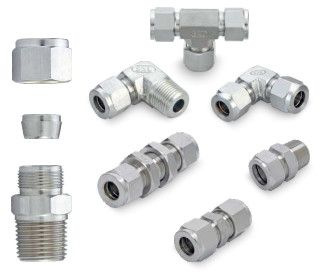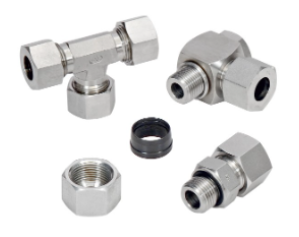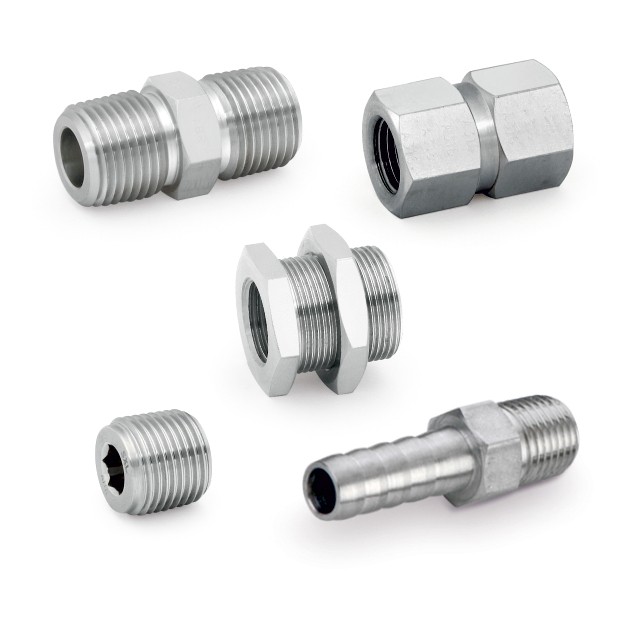The Significance and Applications of A Stainless Pipe Fittings
April 26, 2021Four Key Factors to Consider When Selecting Pipe Connector
April 28, 2021A conflict fit between the male and female threads is used in tapered thread seals. In assembly, NPT fittings can never bottom out. When assembling by hand, the tubing or fitting can only be screwed in halfway before jamming. If an NPT pipe or fitting screws into a female port without binding, the threads are either wrongly tapped, worn out, or have grossly mismatched tapers.
How do NPT fittings work?
Pipe thread fittings use a metal-to-metal attachment to seal. During assembly, the metal of the male and female fittings deforms to form this seal. As a consequence, pipe thread connections often leak after being made, disassembled, and reassembled. If the link leaks after reassembly, one or more of the fittings can need to be replaced. Tightening the connection further would not remove the leak and can result in a broken fitting or port.
Threaded pipes can have an adequate seal for hydraulic fluid-filled pipes. NPT threads are not synonymous with NPS National Pipe Straight threads. As opposed to straight threads on a bolt, a taper thread can pull tighter, resulting in a tighter bond. To guarantee a leak-free bond, a sealant compound tape must be used. Below is a step by step guide for NPT fitting assembly
Step 1
Examine the port and fitting to ensure that they are free of toxins, burrs, and nicks.
Step 2
Apply an anaerobic liquid pipe sealant stripe across the male threads, leaving the first two threads exposed. If no liquid sealant is available, wrap Teflon tape 1-1/2 turns clockwise around the tubing, leaving the first two threads exposed.
Step 3
Continue to turn the male pipe fitting clockwise until you can no longer turn it anymore, which can take two to four complete revolutions depending on the size and style of fitting. Larger-diameter fittings can spin faster than smaller-diameter fittings.
Step 4
The right turn past finger tight location is tightened with a wrench. Consider the final alignment angle when mounting elbows or tees not to exceed the recommended NPT fitting. The average thread engagement of an adequately assembled fitting should be 3.5 to 6 turns.
Tube fittings need not be torqued during construction. The strength of a torqued attachment is reduced by thread taper and consistency, various port and fitting materials, plating thickness and types, differing thread sealants, orientation, and other considerations. If torque installation is needed, the torque values mentioned in the table below should be used.
It is preferable to use a liquid thread sealant for NPT fitting rather than Teflon film. Use just one-and-a-half wraps of Teflon tape around the male part of the cord. Begin two threads up from the end of the fitting’s male part. Keep in mind the liquid thread sealant, and Teflon tape are both possible hydraulic device pollutants.
If the NPT fitting attachment seals on a flared surface or an inverted angle bench, use a seat angle gauge on the male connection to calculate the angle of the seal. Place the indicator on the sealing surface; if the centerlines of the attachment and gauge are parallel, the angle is correct. Insert the gauge into the female link and position it on the sealing board. If the centerlines are parallel, as in the male connector, the right angle has been determined.



